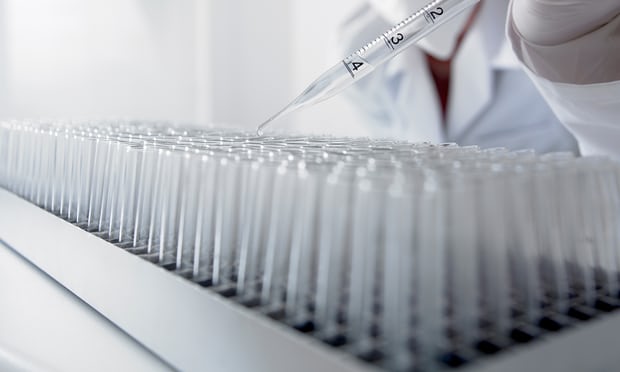
Doctors have made an “artificial ovary” from human tissue and eggs in a bid to help women have children after cancer treatment and other therapies that can damage female fertility.
The team in Copenhagen showed that a lab-made ovary could keep human eggs alive for weeks at a time, raising hopes that the approach could one day help women have families after harsh treatments such as chemo- and radiotherapy.
Implanted artificial ovaries might also help women with conditions such as multiple sclerosis and the blood disorder beta thalassaemia, which can require aggressive fertility-harming therapies, along with patients who go through an early menopause.
Women who face a cancer diagnosis can already have ovarian tissue removed and frozen before they have fertility-harming treatments. When they have the all-clear, the tissue is put back and the women can go on to have babies naturally.
For most patients the procedure is safe, but certain cancers, such as ovarian or leukaemia, can invade the ovarian tissue itself. This means that when frozen tissue is thawed and put back, there is a risk the disease will take hold again. For this reason, ovarian tissue freezing is rarely offered to high-risk patients.
Susanne Pors and others at the Rigshospitalet in Copenhagen believe artificial ovaries could be a safer option. To make one, they used chemicals to strip donated ovarian tissue of all of its cells, including any lurking cancer cells. This left a bare tissue “scaffold” made largely of collagen, the protein that gives skin its strength. The doctors then seeded this scaffold with hundreds of human follicles, the tiny sacs that hold early-stage eggs.
On Monday, Pors will tell the annual meeting of the European Society of Human Reproduction and Embryology in Barcelona how the team implanted an artificial ovary holding 20 human follicles into a mouse and found that a quarter of them survived for at least three weeks. In that time, blood vessels had begun to grow around the ovary to keep it nourished in the animal.
“This is the first proof that we can actually support these egg cells. It’s an important step along the road,” Pors told the Guardian. “But it will be many years before we can put this into a woman.” It could take five to 10 years of work before artificial ovaries are ready for human trials, she added.
Nick Macklon, medical director at London Women’s Clinic, said that while there was a low risk of contracting cancer from frozen ovarian tissue, it is a danger that doctors take seriously. “There have been certain cancers where we can’t use this procedure because of this concern,” he said. “It’s an exciting development. This is early days for the work but it’s a very interesting proof of concept.”
Stuart Lavery, a consultant gynaecologist at Hammersmith Hospital, added: “It’ll be very reassuring, if this work reaches fruition, that patients can have the transplantation knowing there is no risk of transplanting the cancer back into them. The beauty of this is that many of the women who have ovarian grafts go and get pregnant naturally, they don’t have to go through IVF.”

